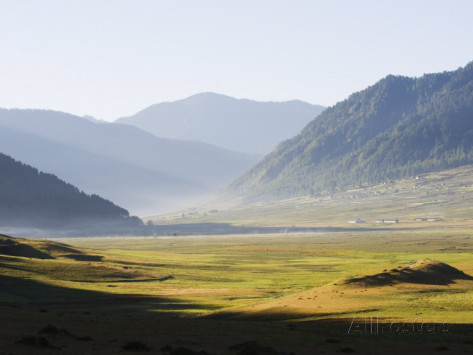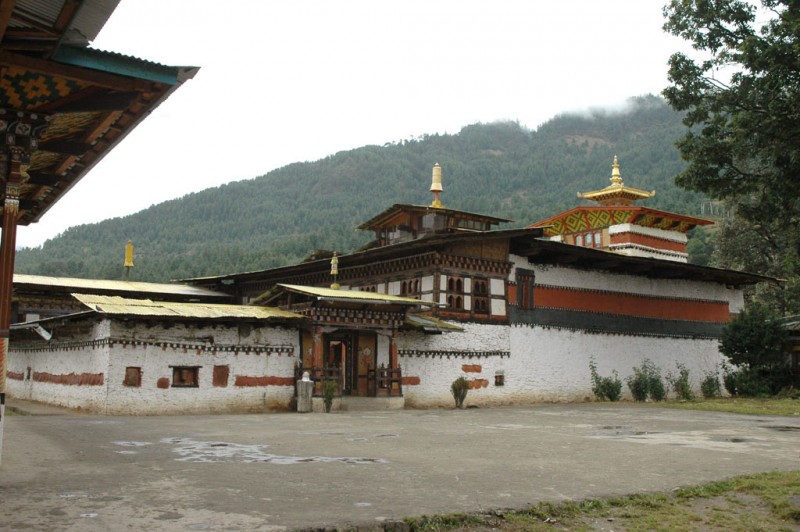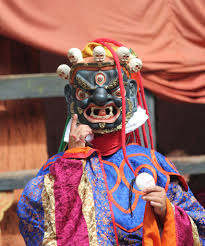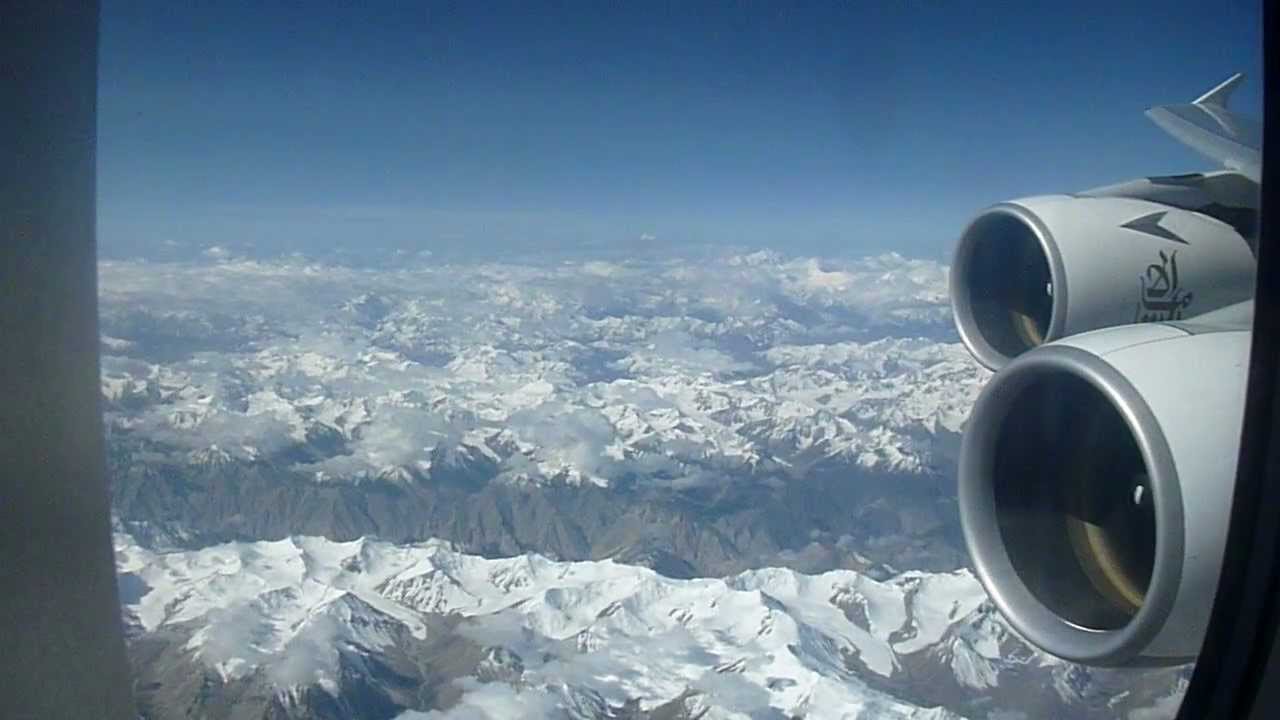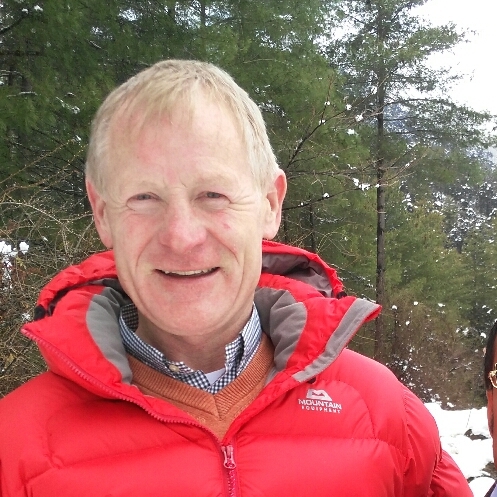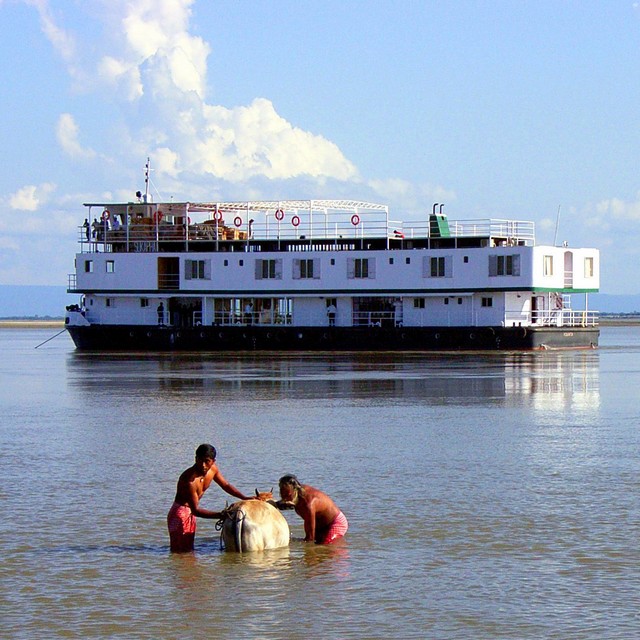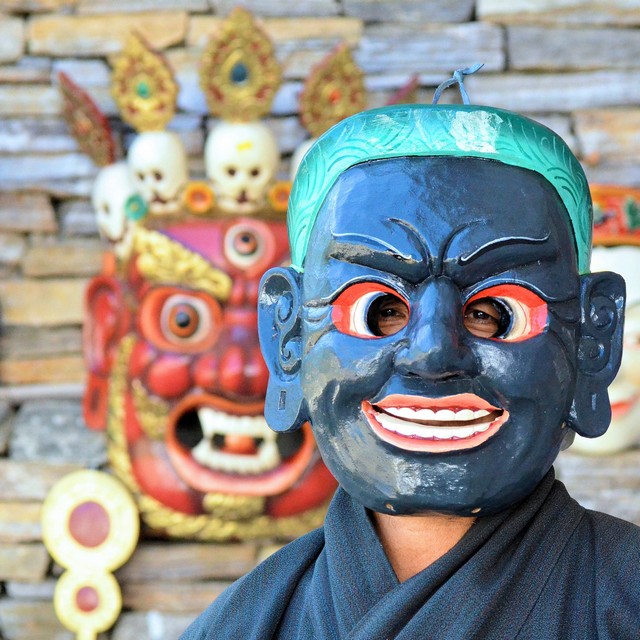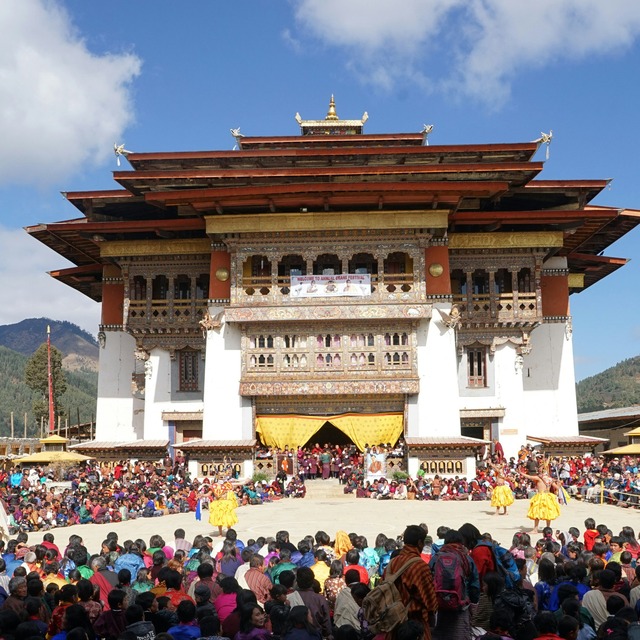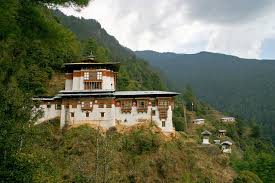
Day 1 : Arrival Paro - Thimpu
Fly into Bhutan’s only international airport in Paro. Be met by your Travel the Unknown representative who will be waiting to transfer you on the 90-minute road trip to the start of our journey, the capital Thimphu. En route, stop at the small temple of Tachogang Lhakang, a good introduction to Buddhism in Bhutan. Depending on our arrival time in the capital, there may be a chance to catch the faithful circumambulating the King's Memorial Chorten.
Thimphu will be your base for the next two nights.
Overnight in Hotel Phuntsho Pelri, Thimphu
Meal plan: Lunch & dinner
The Thimphu Tsechu Festival is one of Bhutan’s grandest festivals and attracts the largest audience. Featuring dances performed by trained monks and laymen in amazing masks and costumes, Tsechus (festivals) are one of the best ways to experience the ancient living culture of Bhutan. They are held in honour of Guru Rimpoche, the saint who brought Buddhism to Bhutan. This festival was established by the 4th Temporal Ruler, Tenzing Rabgye (1638-1696) in 1670 and provides a great opportunity to witness locals gathered in their finest Gho’s and Kira’s in a celebration of their culture and faith.



